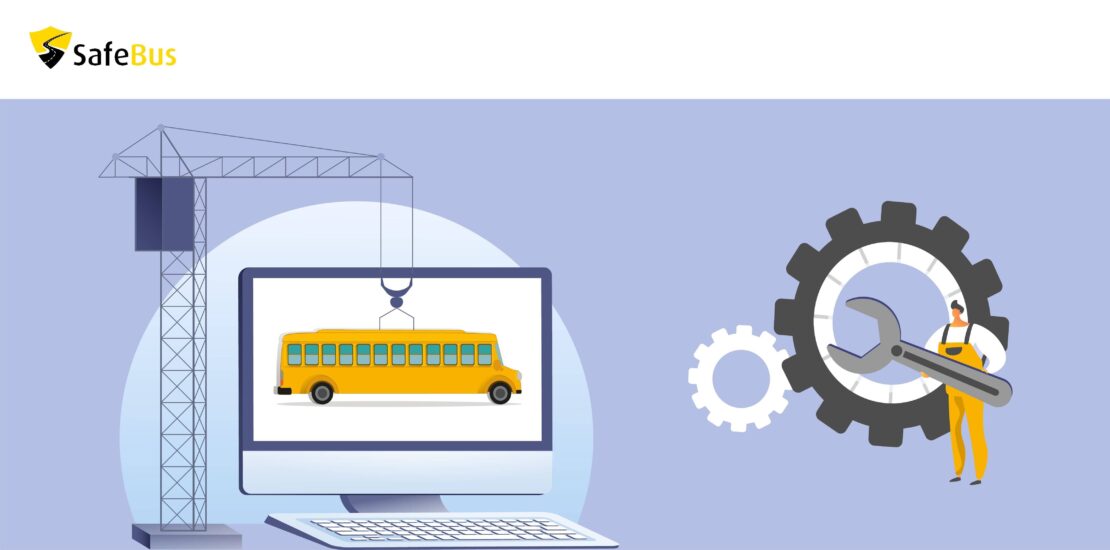- April 1, 2021
- Posted by: Satvir
- Category: Blog

It will not be an overstatement to say that school buses, which transport around 26 million young learners a year, are one of the most essential components of the classroom-based learning ecosystem in the US. They are amongst the safest modes of transport available to young students and have several positive knock-on environmental and socioeconomic effects. For instance, by replacing around 36 private vehicles that would otherwise be used for student transport, each school bus not only reduces the on-road traffic and harmful emissions but also contributes towards saving approximately 2.3 billion gallons of fuel and around $7.3 billion in associated fuel costs.
Clearly, it is in everyone’s best interest to ensure that school buses are kept as healthy as possible – and digital fleet management and vehicle maintenance software can help the school administration achieve this objective.
How digital fleet management solutions can help with the vehicle maintenance for school bus fleets?
The reasons why school administrations should conduct regular maintenance of their bus fleets are rather obvious. Vehicles that receive regular engine tune-up, oil checks, and air filter cleaning, etc. consume lower quantities of fuel and emit fewer pollutants in their exhaust trails. This brings down the cost of transport operations for the school administration while also lowering its environmental impact. Moreover, it ensures that the vehicle can stay operational for a longer duration.
Click here to know Why the world needs more electric school buses?
However, planning and implementing a vehicle maintenance schedule manually can be a tricky task at the best of times, especially for larger fleets, making it more likely for transport admins to miss out on a school bus in need of maintenance. This can lead to an increase in the frequency of operational issues, such as vehicle breakdowns, while also requiring buses to be replaced more frequently, driving a significant surge in the overall capital expenditure.
Cloud-based fleet management solutions step in here to address this conundrum by digitizing the vehicle maintenance value chain through automated checklists. These checklists streamline the process of fleet management by keeping track of the vehicle maintenance schedules and raising automated alerts in case a scheduled vehicle service has been missed. This allows school transport admins to gain a more detailed, real-time view of the health of their bus fleets and take the most relevant corrective action to ensure that their operations are as smooth as possible.
However, there is another indirect way in which digital fleet management solutions assist in vehicle maintenance – by reducing mechanical wear and tear. Using the internet, IoT capabilities, advanced data analytics, and cutting-edge algorithms, these solutions minimize the distance that school buses travel every day by optimizing route planning. This reduction in the average daily mileage minimizes the wear and tear on mechanical parts in the school bus, thus ensuring that it remains healthier for longer. Doing so also brings down the cost of operations for the school administration, enabling it to redirect the money saved to improve the health of the fleet.
Click here to know how school bus driving the next generation creative thinkers?
These points highlight the role that digital fleet management solutions play in improving the health of the school bus fleets by optimizing vehicle maintenance. By keeping buses healthier and functional for longer, these solutions can – and do – add value to all stakeholders in the value chain.
